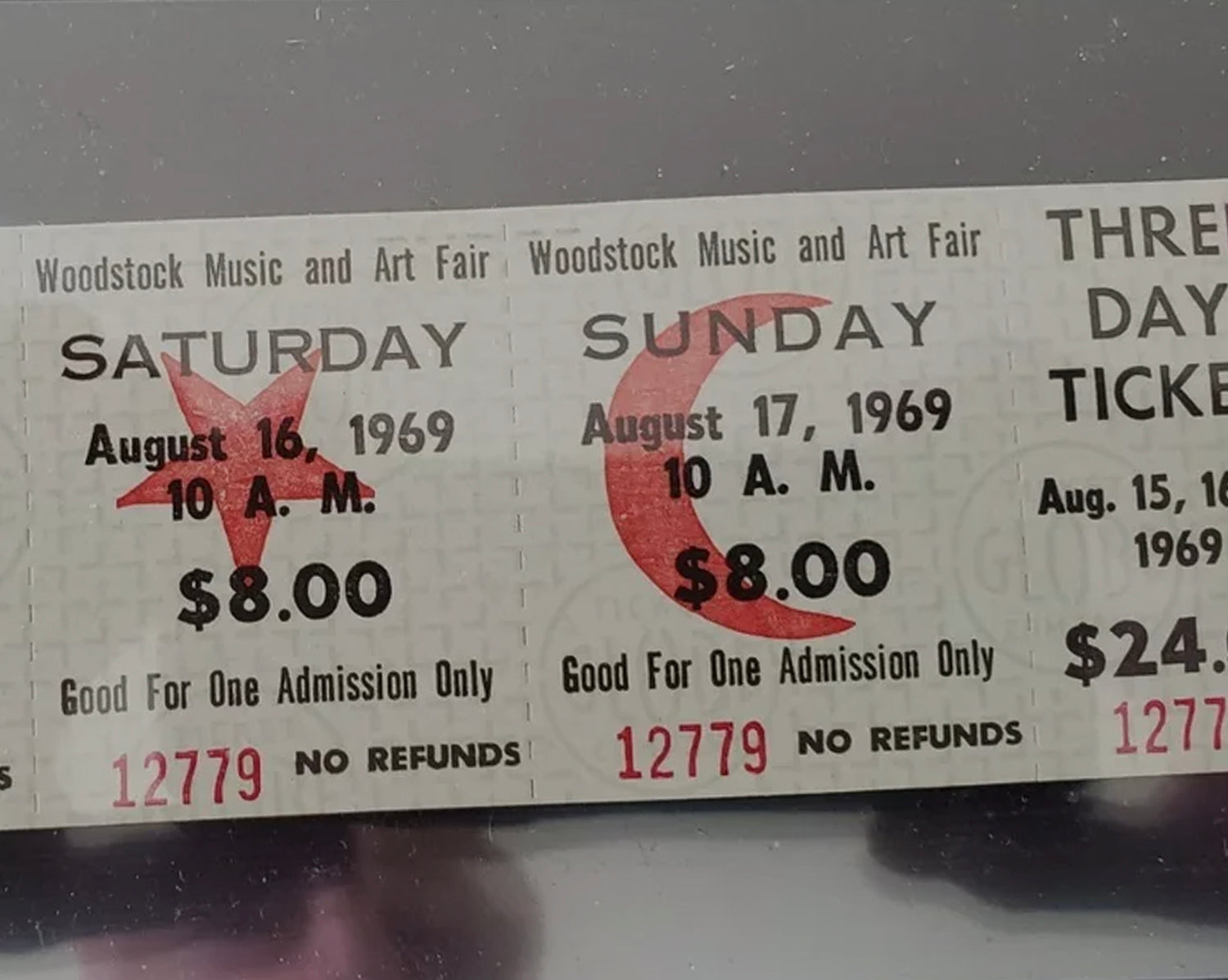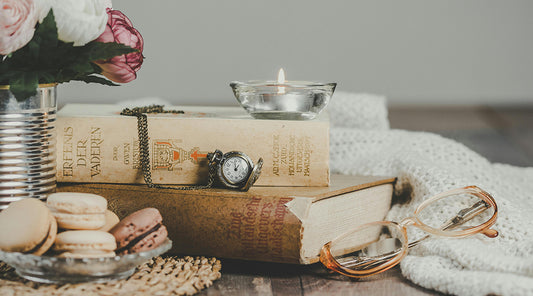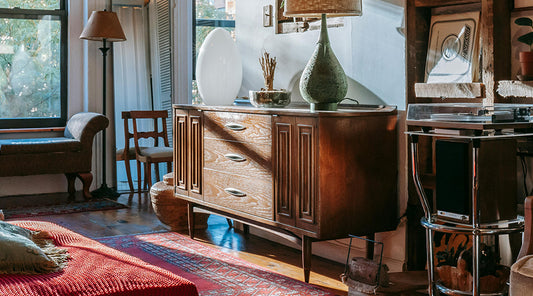
Modernariato: Meaning, Iconic Designers and Cult Objects
Introduction to Modernism
Modernariato refers to design objects produced between the 1940s and the 1970s, a period of great innovation in which architects and designers created pieces that today have become symbols of style and functionality. Recognizing modernariato is not just a matter of appreciating the retro aesthetic, but also of understanding the historical and cultural value that these objects represent.
The Historical Evolution of Modernism
Post-war and Innovation in Design
After the Second World War, the world of design was deeply influenced by the new technologies and materials available. The desire for innovation led to the creation of furniture and objects that combined functionality and beauty in a completely new way. Modernism is therefore closely linked to the historical context of the post-war period, a period in which optimism and reconstruction gave rise to bold and experimental design.
Pioneering Materials and Technological Innovations
Materials such as plastic, glass and lightweight metals were used in new ways, thanks to mass production techniques that allowed for the creation of accessible and innovative objects. Modernist design reflects this union of aesthetics and practicality, with pieces that are still admired today for their simplicity and functionality.
The Economic Boom and the Aesthetics of Modernism
In the 1950s and 1960s, Europe and the United States experienced a period of economic boom that strongly influenced the design industry. Homes became the mirror of the well-being achieved, and modernariato embodied this new lifestyle, with furniture and furnishings that expressed modernity and discreet luxury.
Distinctive Features of Modernism
Iconic Design and Functionality
Modern antiques are distinguished by their iconic design, characterized by clean lines, organic shapes, and a clear emphasis on functionality. Unlike antiques, where ornamentation is often predominant, modern antiques favors simplicity and purity of form. Objects created during this period are often described as “timeless” because they manage to integrate perfectly even in the most modern environments.
The Innovative Use of Materials
One of the most fascinating aspects of modernism is the innovative use of materials. Designers such as Eero Saarinen and Charles Eames with his fantastic Eames Lounge Chair experimented with materials such as plastic and molded plywood, creating pieces that challenged the conventions of traditional design. These materials not only created new and dynamic forms, but also made mass production possible, making high-quality design accessible to a wider audience.
Colors and Textures
Modernism is known for its distinctive color palette , ranging from neutral and earthy tones to bright and bold colors such as red, yellow and turquoise. Textures play a fundamental role: the contrast between smooth and rough surfaces, between wood and metal, creates a visual balance that has become a signature of this style.
Differences between Modern and Antique
The Time of Origin
While antiques refers to objects that are more than 100 years old, modern antiques (and vintage ) include more recent pieces, generally produced between the 1940s and 1970s. This distinction is crucial to avoid confusion between the two terms and to understand the historical context in which each piece was created.
Style and Functionality
Antiques are often associated with a more elaborate and decorative style, with an emphasis on artistic detail and traditional craftsmanship. In contrast, modernism embraces a more minimalist aesthetic, with a greater focus on functionality and material innovation. The key to recognizing modernism lies in understanding modern design and its historical roots in the twentieth century.
Cultural Value and Market
Modern antiques are highly valued not only for their aesthetic value, but also for their cultural significance. These objects tell the story of an era in which design became accessible to all, reflecting the social and technological changes of the time. The modern antiques market is constantly growing, with collectors and enthusiasts seeking unique pieces that represent the evolution of design.
How to Recognize an Authentic Piece of Modernism
Authenticity Verification
Recognizing a genuine piece of modernism requires some knowledge of the design of the period. Look for designer signatures, manufacturer's marks, and other indications that can authenticate the object. For example, many pieces produced by designers such as Arne Jacobsen or Alvar Aalto have labels or marks that confirm their authenticity.
Conditions and Restoration
The condition of the object is fundamental to determining its value. A piece in good condition, with minimal signs of wear, is more valuable than one that has undergone invasive restorations. However, it is important to distinguish between a conservative restoration, which preserves the integrity of the object, and a restoration that alters its original characteristics.
Research and Documentation
Before purchasing or appraising a piece of modern antiques, it is essential to do thorough research. There are numerous online resources and books dedicated to modern antiques that can help you identify the distinctive features of various styles and designers. Additionally, documentation, such as original catalogs and vintage photographs, can provide an additional level of authentication.
Value and Investment in Modernism
Factors That Influence Value
The value of a piece of modernism depends on several factors, including rarity, designer, state of preservation and market demand. Pieces signed by iconic designers such as Gio Ponti or Le Corbusier can reach considerable figures at international auctions.
Modernism Market
The modern antiques market is dynamic and constantly evolving. The rarest objects in excellent condition are those that tend to maintain or increase their value over time. However, even lesser-known pieces can represent a good investment if purchased at the right price.
Investment Tips
Investing in modern antiques requires patience and knowledge. It is advisable to start with pieces that fascinate you personally, in order to combine passion and investment. Furthermore, buying from reliable dealers or participating in recognized auctions can offer a greater guarantee of authenticity and value.
How to Care for and Maintain Vintage Objects
Cleaning and Storage
Vintage objects require special care to preserve their beauty and value. Use gentle cleaning products specific to the materials they are made of, such as wood cleaners or metal antioxidant solutions. Avoid prolonged exposure to direct sunlight and humidity, which can cause irreparable damage. Read our guide on how to care for your vintage objects .
Restoration and Repair
If a piece needs restoration, it is important to turn to professionals who specialize in modern antiques. A poorly executed restoration can significantly decrease the value of the object. Try to keep the piece as close to its original condition as possible, avoiding modifications that could alter its historical and stylistic integrity.
Conclusion: The Timeless Charm of Modernism
Modernism represents a fascinating chapter in the history of design, a period in which creativity and innovation were at the center of artistic production. These objects not only enrich the spaces in which they are placed, but also tell stories of an era that revolutionized our way of living. Recognizing and collecting modernism is a continuous adventure, a journey through time that allows you to connect
Discover our collection of modern antiques in our online vintage shop .










